- Why Pruning is Important for Vine Bushes
- Promotes Growth and Development
- Improves Air Circulation
- Controls Pests and Diseases
- Enhances Fruit Quality
- Shapes and Controls Growth
- When to Prune Vine Bushes with Green Shoots
- 1. Dormancy Period
- 2. Weather Conditions
- 3. Bud Development
- 4. Flowering and Fruit Set
- 5. Pruning Goals
- Tools and Equipment Needed for Pruning Vine Bushes
- Step-by-Step Guide to Pruning Vine Bushes
- 1. Assess the Condition of the Vine Bush
- 2. Gather the Necessary Tools
- 3. Start with Dead or Damaged Shoots
- 4. Remove Weak or Crossing Shoots
- 5. Thin Out Excess Shoots
- 6. Prune for Shape and Size
- 7. Train the Remaining Shoots
- 8. Clean Up and Dispose of Pruned Material
- 9. Monitor and Maintain
- 10. Prune Annually
- Common Mistakes to Avoid When Pruning Vine Bushes
- Tips for Maintaining Healthy Vine Bushes After Pruning
- 1. Provide Adequate Support
- 2. Mulch and Water Regularly
- 3. Monitor for Pests and Diseases
- 4. Prune Suckers and Lateral Shoots
- 5. Fertilize Wisely
- 6. Harvest Regularly
- 7. Prune Annually
- Best Practices for Pruning Different Types of Vine Bushes
- 1. Pruning Grapevines
- 2. Pruning Raspberry Bushes
- 3. Pruning Hops Plants
- 4. Pruning Kiwi Vines
- 5. Pruning Passion Fruit Vines
- FAQ:
- When is the best time to prune vine branches with green shoots in spring?
- How much should I prune off my vine bushes with green shoots in spring?
- What tools do I need to prune vine bushes with green shoots in spring?
- Can I prune my vine bushes with green shoots in spring if there is a chance of frost?
- Is it necessary to sterilize pruning tools between each cut when pruning vine bushes with green shoots in spring?
- Can I prune my vine bushes with green shoots in spring if they are newly planted?
- Video: How To Prune Grapevines for Healthier Grapes During Summer
Spring pruning is an essential task for vine bushes with green shoots. It not only helps maintain the health and appearance of the plants but also promotes better fruit yield. Proper pruning techniques can stimulate new growth, improve air circulation, and prevent diseases.
One important aspect of spring pruning is removing any dead, damaged, or diseased branches. These branches can attract pests and pathogens, potentially harming the entire plant. By cutting them off, you’re ensuring the overall well-being of the vine bush.
Another important step is thinning out excessive growth. This involves removing overcrowded branches to allow better air circulation and sunlight penetration. It also helps maintain the shape and structure of the vine bush, preventing it from becoming tangled and difficult to manage.
When pruning vine bushes, it’s crucial to make clean and accurate cuts. Using sharp pruning shears, cut just above a bud or lateral branch to encourage new growth. Avoid leaving stubs as they can invite infections. It’s also advisable to seal larger cuts with pruning paint or wound sealant to prevent disease entry.
Note: Each type of vine bush may have specific pruning requirements, so it’s essential to consult gardening resources or seek professional advice if you’re unsure about the best practices for a particular variety.
Why Pruning is Important for Vine Bushes
Pruning is an essential practice for maintaining the health and productivity of vine bushes. It involves the removal of certain parts of the plant, such as shoots, branches, and leaves, to shape the growth and increase the fruit yield.
Promotes Growth and Development
Pruning encourages the growth of new shoots and branches, which are vital for the overall development of vine bushes. By removing old and unproductive parts of the plant, it channels the plant’s energy towards new growth, resulting in stronger and healthier vines.
Improves Air Circulation
Pruning helps in improving air circulation within the vine bush, reducing the risk of fungal diseases. By removing excess foliage, it allows for better airflow, reducing humidity and preventing the growth of mold and mildew.
Controls Pests and Diseases
Regular pruning helps in managing pests and diseases. By removing infested or infected parts of the plant, it minimizes the spread of pests and diseases. It also improves visibility, making it easier to spot and treat any potential issues.
Enhances Fruit Quality
Pruning plays a significant role in enhancing the quality of the vine bush’s fruit. By removing excess foliage, it allows for better sunlight penetration and ripening of the fruit. It also helps in maintaining a balanced fruit to leaf ratio, ensuring optimal sugar production and flavor development.
Shapes and Controls Growth
Pruning helps in shaping and controlling the growth of vine bushes. By selectively removing shoots and branches, it directs the growth towards desired areas. This allows for better management of the plant’s size and shape, making it easier to harvest and maintain.
In conclusion, pruning is an important practice for vine bushes as it promotes growth and development, improves air circulation, controls pests and diseases, enhances fruit quality, and shapes and controls growth. By implementing proper pruning techniques, vine bush owners can ensure the health, productivity, and longevity of their plants.
When to Prune Vine Bushes with Green Shoots
Pruning vine bushes with green shoots is an important task that affects their growth and productivity. It is crucial to prune these bushes at the proper time to ensure optimal results. Here are some guidelines to help you determine when to prune your vine bushes:
1. Dormancy Period
The best time to prune vine bushes with green shoots is during their dormant period, which typically occurs in late winter or early spring. This period is characterized by the absence of new growth and when the bushes are least susceptible to damage.
2. Weather Conditions
It’s important to consider the prevailing weather conditions when deciding when to prune vine bushes. Pruning during dry weather is ideal, as it reduces the risk of introducing fungal or bacterial diseases. Avoid pruning during periods of heavy rain or extreme cold, as it can cause stress to the bushes.
3. Bud Development
Observe the buds on the vine bushes to determine their stage of development. Green shoots usually start emerging from the dormant buds in early spring. Wait until the buds have developed into healthy shoots before pruning. This ensures that you won’t cut off any potential growth.
4. Flowering and Fruit Set
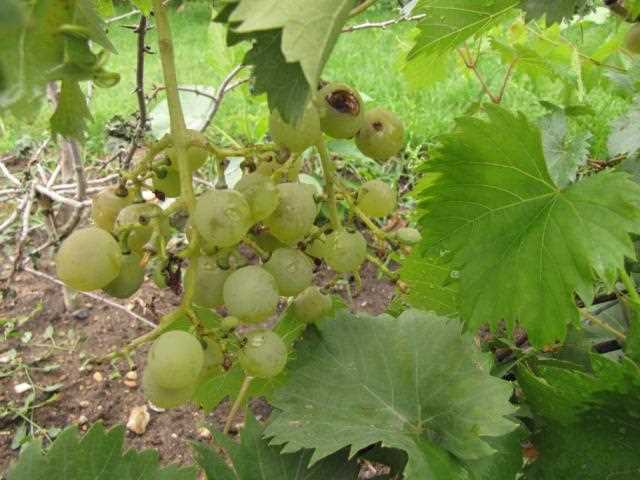
If your vine bushes produce flowers and fruits, it’s essential to consider their stage of flowering and fruit set when deciding when to prune. Pruning too late can remove potential blossoms and reduce fruit production. Aim to prune before significant flowering occurs to maximize fruit yield.
5. Pruning Goals
Consider your pruning goals and the desired shape and structure of the vine bushes. Pruning during the dormant period allows you to shape the plants and control their size. It’s easier to see the overall structure of the bushes when there are no leaves or fruits present, enabling you to make informed pruning decisions.
By considering the dormancy period, weather conditions, bud development, flowering and fruit set, and your pruning goals, you can determine the ideal time to prune your vine bushes with green shoots. Remember to use proper pruning techniques and tools to promote healthy growth and productivity.
Tools and Equipment Needed for Pruning Vine Bushes
Pruning Shears: A pair of sharp pruning shears is essential for cutting through thick stems and branches. Look for shears with a bypass blade design, as they provide cleaner cuts and are less likely to damage the plant.
Lopping Shears: Lopping shears have long handles and a larger cutting capacity, making them ideal for pruning thicker branches and vines. They provide more leverage and can help reach higher branches.
Hand Saw: A hand saw is useful for cutting through larger branches that cannot be pruned with shears. Choose a pruning saw with a curved blade, as it allows for easier and more controlled cuts.
Pruning Knife: A sharp pruning knife is handy for removing any stubborn or hard-to-reach shoots. It can also be used for making precise cuts on smaller branches or vines.
Garden Gloves: It is important to protect your hands while pruning, especially if the vines have thorns. Choose a pair of gloves that provide both comfort and dexterity, allowing for better control of the tools.
Protective Eyewear: Safety goggles or glasses are essential to protect your eyes from any debris or branches that may fly during pruning. Choose a pair that fits snugly and offers proper coverage.
Pruning Sealant: Pruning sealant is a protective coating that can be applied to the cut surfaces of the vines to prevent disease and promote healing. It is available in spray or brush-on form and should be used after pruning is completed.
Ladder or Stepladder: Depending on the size of your vine bushes, you may need a ladder or stepladder to reach higher branches. Make sure the ladder is stable and placed on a flat surface before climbing.
Wheelbarrow or Garden Cart: Having a wheelbarrow or garden cart nearby makes it easier to transport pruned branches and other debris away from the pruning area. This keeps the area clean and reduces the risk of tripping.
Pruning Guide: It is helpful to have a pruning guide or instructions specific to the type of vine bushes you are pruning. This ensures you are using the correct techniques and timing for optimal growth and fruit production.
Step-by-Step Guide to Pruning Vine Bushes
1. Assess the Condition of the Vine Bush
Before starting the pruning process, evaluate the overall health and condition of the vine bush. Look for any signs of disease or damage that may need to be addressed separately.
2. Gather the Necessary Tools
Make sure you have the right tools for pruning, such as pruning shears, loppers, and a pruning saw if needed. Ensure that your tools are clean and sharp to make clean and precise cuts.
3. Start with Dead or Damaged Shoots
Begin by removing any dead, diseased, or damaged shoots. These can be identified by their brown or black color, shriveled appearance, or signs of disease. Cut these shoots back to the point where they are connected to healthy wood.
4. Remove Weak or Crossing Shoots
Next, identify any weak or crossing shoots that may hinder the overall growth and structure of the vine bush. Prune these shoots back to the main stem or to a lateral branch.
5. Thin Out Excess Shoots
If the vine bush has an excessive amount of shoots, thin them out to promote better airflow and light penetration. Aim to leave about 5-6 strong and well-spaced shoots for optimal growth.
6. Prune for Shape and Size
To maintain the desired shape and size of the vine bush, prune back the remaining shoots accordingly. Make cuts just above a bud or node, pointing away from the center of the bush.
7. Train the Remaining Shoots
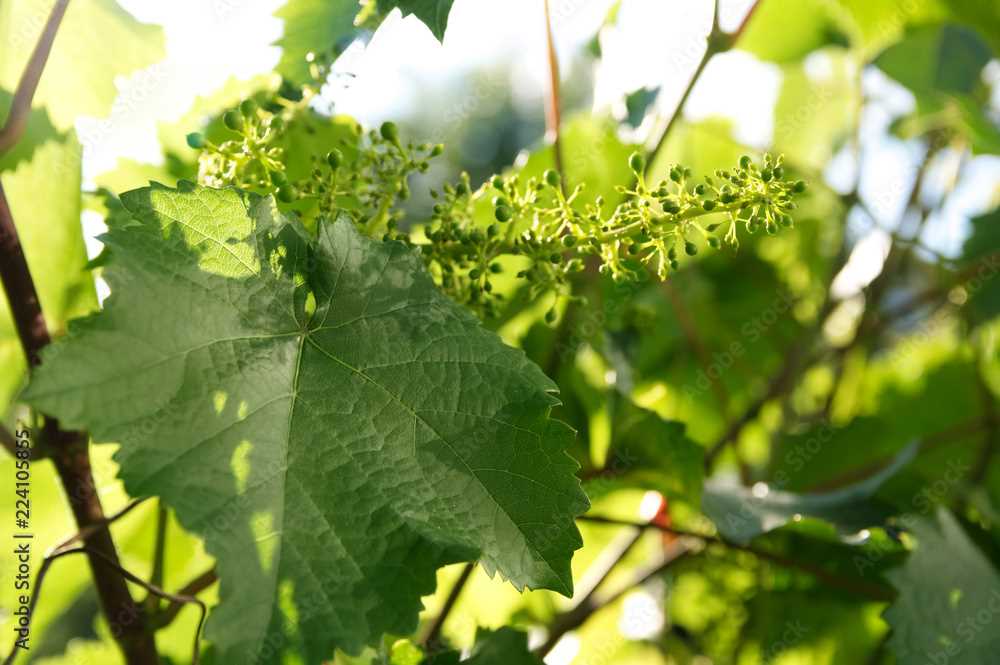
If you are training the vine bush on a trellis or support structure, guide the remaining shoots along the desired framework. Use twist ties or soft plant ties to secure the shoots to the support system.
8. Clean Up and Dispose of Pruned Material
Once you have finished pruning, collect and dispose of the pruned material properly. This can help prevent the spread of disease and pests.
9. Monitor and Maintain
Regularly monitor the vine bush throughout the growing season for any additional pruning needs. This may include removing suckers or thinning out excess growth.
10. Prune Annually
Remember to prune your vine bushes annually to maintain their health and productivity. The best time for pruning is during the dormant season before new growth begins in early spring.
Note: Pruning methods may vary depending on the specific type of vine bush you are working with. Always refer to specific pruning guides for grape or other vine varieties for more accurate instructions.
Common Mistakes to Avoid When Pruning Vine Bushes
- Pruning too late: One of the most common mistakes gardeners make is pruning vine bushes too late in the season. It is important to prune them during the dormant period, usually in late winter or early spring, before new growth begins. Pruning too late can result in reduced flower yield and overall growth.
- Over-pruning: Another mistake to avoid is over-pruning the vine bushes. While pruning is essential for shaping the plant and promoting healthy growth, excessive pruning can weaken the plant and delay or reduce flowering. It is important to follow the recommended pruning guidelines for each specific type of vine bush.
- Improper tools: Using improper tools can lead to inefficient pruning and potential damage to the vine bushes. It is recommended to use sharp and clean pruning shears or secateurs specifically designed for pruning bushes. Avoid using dull or rusty tools as they can crush or tear the plant tissue instead of making clean cuts.
- Ignoring diseased or damaged branches: When pruning vine bushes, it is important to remove any diseased or damaged branches. Ignoring these branches can result in the spread of diseases or pests to healthy parts of the plant. Be sure to inspect the vine bushes carefully and prune any affected branches to maintain the overall health of the plant.
- Not considering plant growth habit: Each type of vine bush has its own growth habit and pruning requirements. It is essential to understand the specific growth habit of the plant and tailor the pruning techniques accordingly. This will help in maintaining an appropriate shape, promoting flowering, and ensuring healthy growth.
- Pruning during periods of high sap flow: Pruning vine bushes during periods of high sap flow, such as during early spring, can result in excessive bleeding. This can weaken the plant and make it more susceptible to diseases and pests. It is best to avoid pruning during these periods and choose a time when sap flow is relatively low.
- Removing too much foliage: While pruning vine bushes, it is important to strike a balance between removing excess foliage and preserving enough leaves to support the plant’s growth. Removing too much foliage can reduce the plant’s ability to photosynthesize and produce energy. Therefore, it is best to remove only the necessary amount of foliage while pruning.
Tips for Maintaining Healthy Vine Bushes After Pruning
Pruning is an essential step in maintaining healthy vine bushes. After you have pruned your vine bushes, it is important to follow these tips to ensure their continued health and productivity:
1. Provide Adequate Support
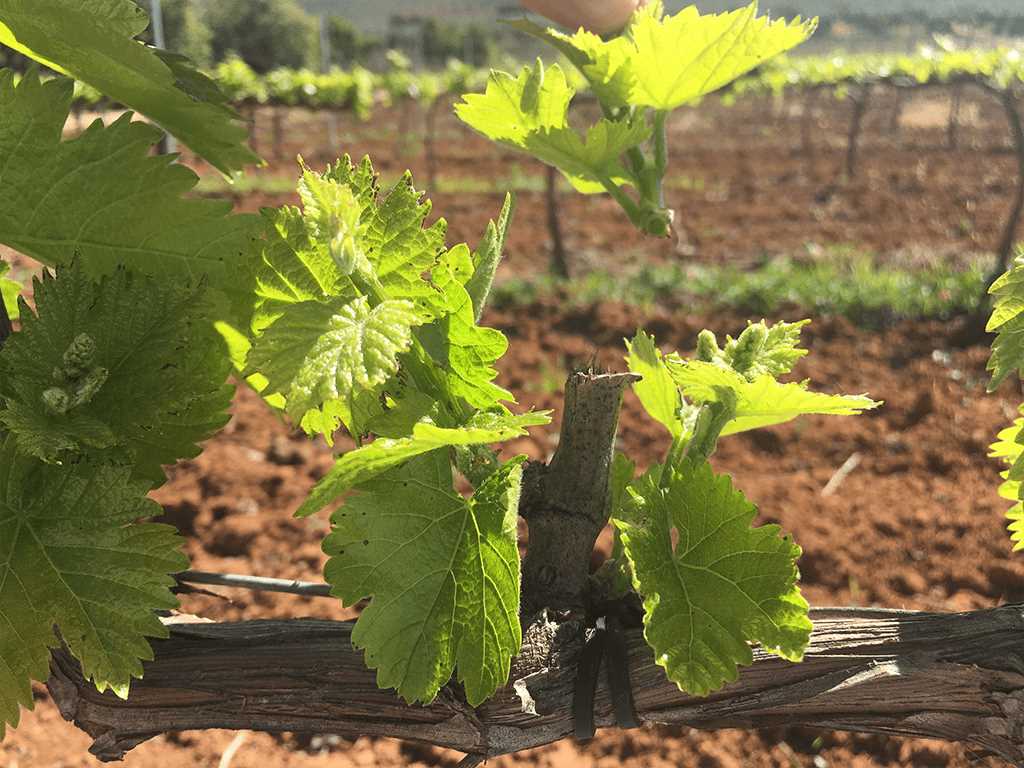
As your vine bushes grow and produce new shoots, it is important to provide them with adequate support. Use stakes, trellises, or other support structures to help the vines climb and grow in a controlled manner. This will prevent the weight of the vines from breaking the branches and causing damage.
2. Mulch and Water Regularly
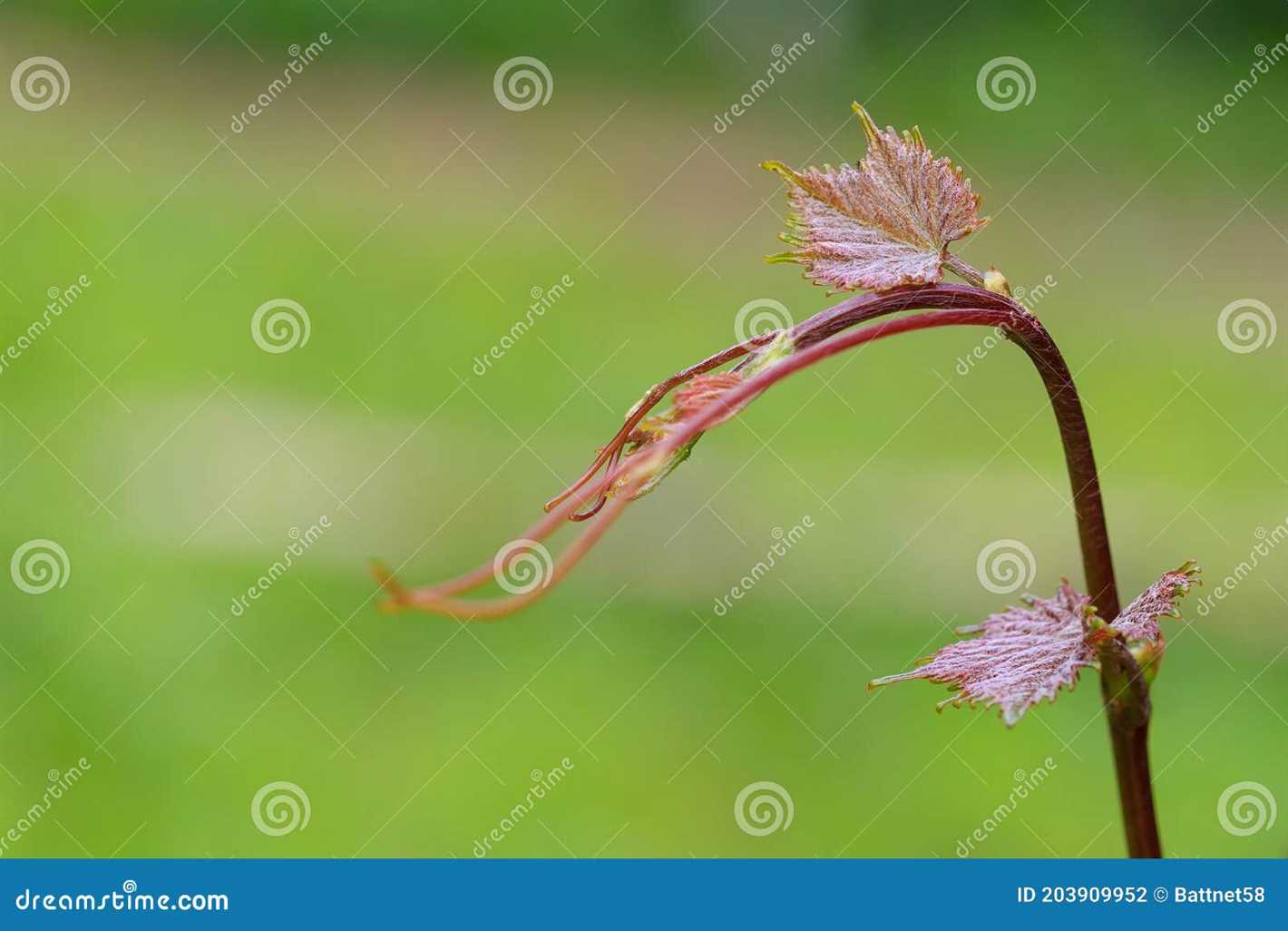
After pruning, apply a layer of organic mulch around the base of the vine bushes. Mulch helps to retain moisture, regulate soil temperature, and suppress weed growth. Additionally, make sure to water the bushes regularly, especially during dry periods, to keep the soil moist and promote healthy growth.
3. Monitor for Pests and Diseases
Regularly inspect your vine bushes for signs of pests or diseases. Look for unusual leaf discoloration, wilting, or any indication of insect activity. If you notice any issues, take appropriate steps to address them promptly, such as using organic pest control methods or consulting a professional for guidance.
4. Prune Suckers and Lateral Shoots
Throughout the growing season, continue to monitor the vine bushes for suckers and lateral shoots. Suckers are shoots that grow from the base of the plant, while lateral shoots grow from the main branches. They can divert energy away from the main vine and reduce fruit production. Prune these shoots as needed to maintain a healthy and productive vine.
5. Fertilize Wisely
Proper fertilization is crucial for the health and productivity of vine bushes. Choose a balanced fertilizer that is specifically formulated for fruit-bearing plants, and follow the instructions on the packaging for application rates. Avoid over-fertilization, as excessive nutrients can lead to vigorous vegetative growth at the expense of fruit production.
6. Harvest Regularly
Regularly harvest the ripened fruits from your vine bushes. This not only provides you with delicious produce but also helps to promote continued fruit production. Leaving overripe or fallen fruits on the ground can attract pests and diseases, so be diligent in harvesting and disposing of any spoiled or damaged fruits.
7. Prune Annually
Pruning should be done on an annual basis to maintain the health and shape of your vine bushes. Follow proper pruning techniques, removing dead or diseased wood, and thinning out overcrowded branches. This will help to improve air circulation, prevent disease, and stimulate new growth.
By following these tips, you can help ensure the long-term health and productivity of your vine bushes after pruning. Regular maintenance and care will reward you with abundant harvests of delicious fruits.
Best Practices for Pruning Different Types of Vine Bushes
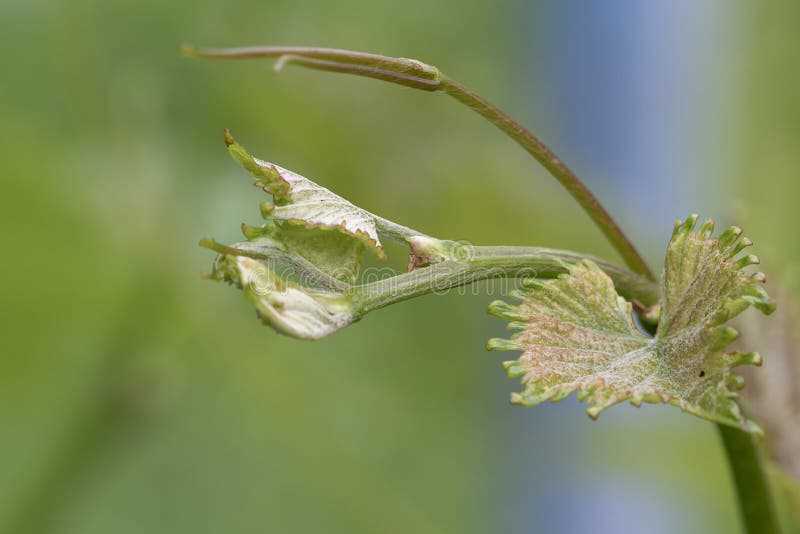
1. Pruning Grapevines
When it comes to pruning grapevines, there are a few key techniques to keep in mind.
- Begin by removing any dead or damaged wood, making clean cuts just above healthy buds.
- Thin out excessive growth to allow for better air circulation and light penetration.
- Prune back lateral branches to promote the development of fruiting spurs.
- Remove any suckers or unwanted shoots growing from the base of the plant.
2. Pruning Raspberry Bushes
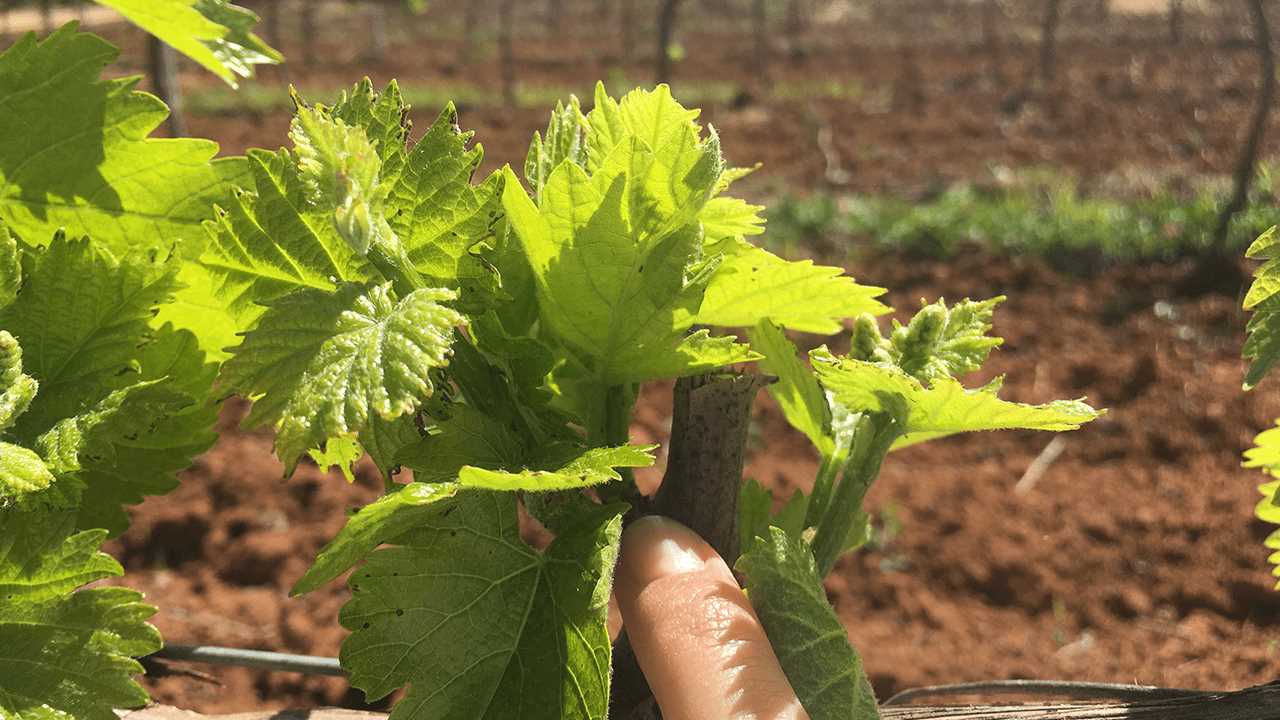
Raspberry bushes require slightly different pruning techniques to ensure optimal growth and fruit production.
- Remove all weak and damaged canes, cutting them down to ground level.
- Thin out crowded canes to allow for better airflow and sunlight exposure.
- Prune the remaining canes to a height of about 4 to 5 feet, cutting just above an outward-facing bud.
- Regularly remove any suckers that emerge outside the desired planting area.
3. Pruning Hops Plants
Hops plants have specific pruning requirements to maximize the production of hop cones.
- Trim the main stem of the plant down to ground level each spring to encourage new growth.
- Regularly remove lateral shoots that emerge from the base of the plant to prevent overcrowding.
- Prune the remaining lateral shoots back to about 12 to 18 inches in length, leaving several buds on each shoot.
4. Pruning Kiwi Vines
Kiwi vines need regular pruning to maintain a manageable size and encourage fruiting.
- In early spring, remove any dead or damaged wood, making clean cuts just above healthy buds.
- Thin out excessive growth to allow for better airflow and sunlight penetration.
- Prune lateral branches to maintain a balanced structure and promote the development of fruiting spurs.
- Regularly remove any suckers that emerge from the base of the plant.
5. Pruning Passion Fruit Vines
Passion fruit vines benefit from pruning to promote better fruit production and overall plant health.
- Remove any dead or damaged wood, cutting just above healthy buds.
- Thin out excessive growth to allow for better air circulation and sunlight exposure.
- Prune back lateral branches to maintain a balanced structure and stimulate the growth of flowering and fruiting shoots.
- Regularly remove any suckers that emerge from the base of the plant.
| Vine Bush Type | Pruning Techniques |
|---|---|
| Grapevines | Remove dead wood, thin out excessive growth, prune back lateral branches, remove suckers. |
| Raspberry Bushes | Remove weak canes, thin out crowded canes, prune remaining canes to a height of 4-5 feet, remove suckers. |
| Hops Plants | Trim main stem to ground, remove lateral shoots, prune remaining shoots to 12-18 inches, leave buds. |
| Kiwi Vines | Remove dead wood, thin out excessive growth, prune lateral branches, remove suckers. |
| Passion Fruit Vines | Remove dead wood, thin out excessive growth, prune back lateral branches, remove suckers. |
FAQ:
When is the best time to prune vine branches with green shoots in spring?
The best time to prune vine branches with green shoots in spring is when the buds have started to break but before they fully leaf out. This is usually around late winter to early spring.
How much should I prune off my vine bushes with green shoots in spring?
The amount of pruning depends on the type of vine and its growth habits. As a general rule, you should aim to remove about 30-50% of the previous year’s growth to ensure a good balance between fruit production and vegetative growth.
What tools do I need to prune vine bushes with green shoots in spring?
To prune vine bushes with green shoots in spring, you will need a pair of sharp bypass pruners or shears for cutting through branches. You may also need a lopper or pruning saw for thicker branches. It’s important to use sharp tools to make clean cuts and minimize damage to the plant.
Can I prune my vine bushes with green shoots in spring if there is a chance of frost?
If there is a chance of frost after pruning, it’s best to wait until the threat of frost has passed. Pruning can stimulate new growth, which can be more susceptible to damage from frost. It’s important to prioritize the health and safety of the plant before performing any pruning tasks.
Is it necessary to sterilize pruning tools between each cut when pruning vine bushes with green shoots in spring?
Sterilizing pruning tools between each cut is not necessary when pruning vine bushes with green shoots in spring. However, it’s a good practice to periodically clean and sharpen your tools to ensure they are in proper working condition. This helps to prevent the spread of diseases and ensures clean cuts.
Can I prune my vine bushes with green shoots in spring if they are newly planted?
If the vine bushes are newly planted, it’s generally best to wait until the second or third growing season before doing any significant pruning. This allows the plant to establish a strong root system and recover from the transplanting process. However, you can still perform light pruning to remove any damaged or dead wood.







